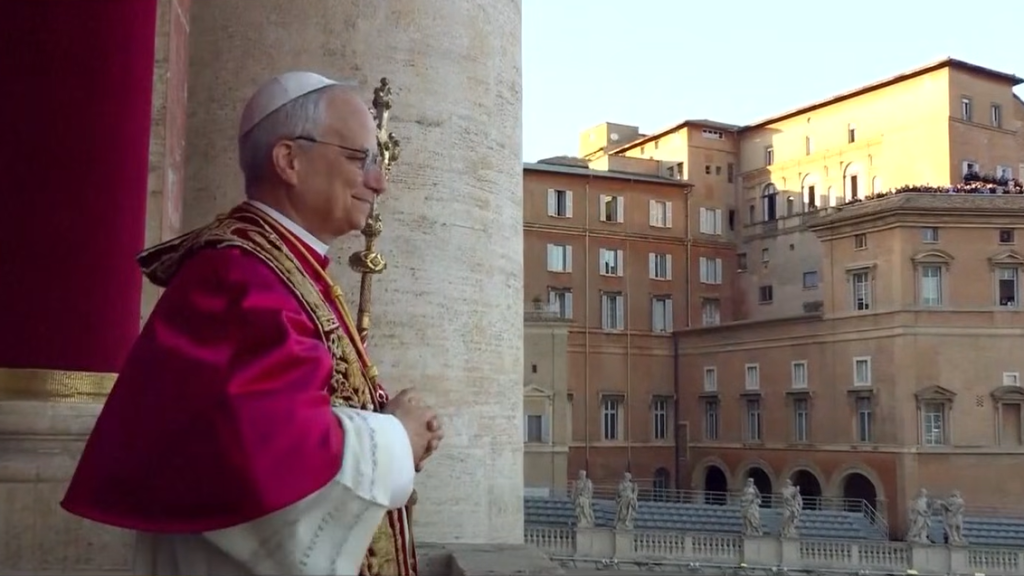As the Catholic Church welcomes its first American pope, conspiracy theories are swirling once again.
Others are reading now
On May 8, 69-year-old Pope Leo XIV, formerly Cardinal Robert Prevost, became the first American to lead the Catholic Church.
While many Catholics are celebrating the election, a growing number of online conspiracy theorists are turning their attention to a prophecy that suggests Leo XIV might be the last pope.
According to Newsner, the theory traces back to St. Malachy, a 12th-century Irish mystic, and a document known as the Prophecy of the Popes—a list of 112 cryptic phrases allegedly predicting every pope from Celestine II (1143) onward.
The final figure on the list is a mysterious character known only as “Peter the Roman”—described as the last pontiff before a time of judgment.
Also read
Does Leo XIV Match the Prophecy?
Despite the renewed buzz, experts are quick to dismiss any direct connection between Pope Leo XIV and the doomsday prophecy.
- Name mismatch: Leo XIV’s birth name is Robert Francis Prevost, and while he holds both American and Peruvian citizenship, there is no Italian (“Roman”) link that would match the prophecy’s final figure.
- Previous pope theories also flawed: Similar speculation surrounded Pope Francis, but as early as 2013, Catholic voices like Josh Canning, a chaplaincy director in Toronto, rejected the theory outright.
- No historical basis: According to Joëlle Rollo-Koster, a medieval history professor at the University of Rhode Island, there’s no evidence that St. Malachy authored the list. “As a historian, I am hardcore on the evidence… Malachy did not utter prophecies or write prophecies,” she told reporters.
The Origins of the List in Question
While the Prophecy of the Popes claims medieval origins, many scholars believe it was actually composed in the late 1500s, possibly to influence a papal election at the time.
Its early entries, up to that point, closely align with actual popes, lending it a sense of eerie accuracy.
But after the 16th century, the cryptic phrases—like “swift bear” or “rose of Umbria”—become vague and inconsistent.
As Fr. James Weiss, a theology professor at Boston College, put it: “It’s hit or miss.”
He also calls the prophecy a forgery and points out that its reference to a “city of seven hills” or a “dreadful judge” doesn’t necessarily mean global catastrophe—it could simply be metaphorical or refer to political developments, not divine judgment.
Why the Prophecy is Back in the Spotlight
The recent death of Pope Francis on April 21 at age 88 reignited interest in the prophecy.
Many theorists argued that Francis was the 112th pope on Malachy’s list, which would make Pope Leo XIV the first leader without a corresponding prophecy—and possibly, according to the theory, the Church’s last.
Still, there is no official Church recognition of the prophecy, and scholars overwhelmingly view it as historically unreliable.


